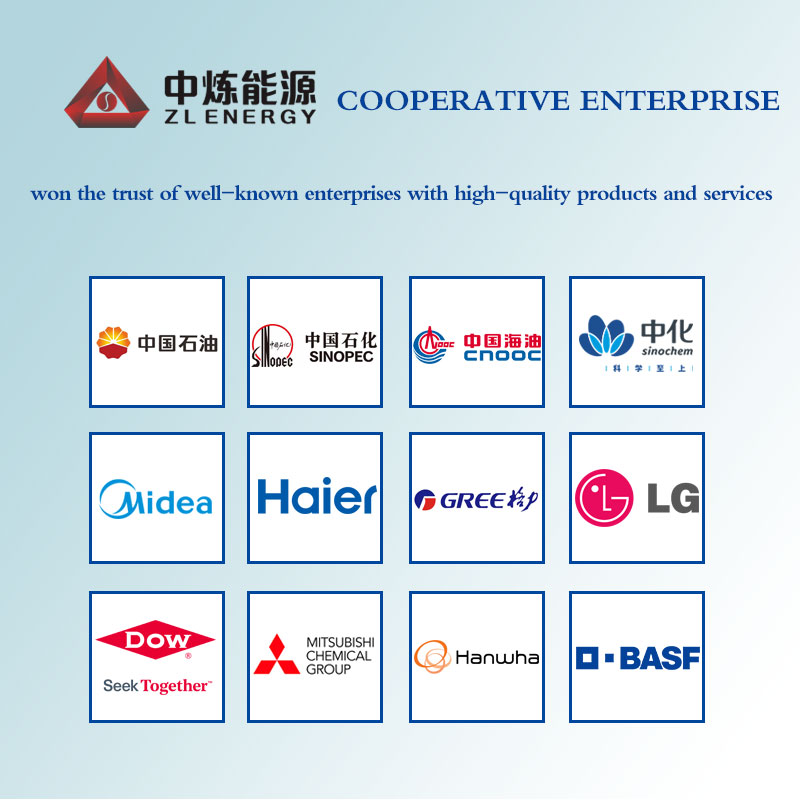




The chemical formula of High purity Isobutylene is (CH3)2C=CH2, which contains two methyl groups (CH3) and a double-bonded vinyl group (C=CH2).
1. Molecular composition of isobutylene
Isobutylene, also known as 2-methylpropylene, is an organic compound whose molecules are composed of two elements, carbon and hydrogen. Specifically, the isobutylene molecule contains 4 carbon atoms and 8 hydrogen atoms, which are tightly connected together by chemical bonds to form a stable molecular structure.
2. Chemical bond types of isobutylene
In the isobutylene molecule, carbon atoms are mainly connected by covalent bonds. Among them, two methyl groups (CH3) are connected to both sides of the central carbon atom to form a branched structure. The central carbon atom is connected to another carbon atom by a double bond to form a vinyl group (C=CH2). This double bond structure makes the isobutylene molecule highly reactive and can participate in a variety of chemical reactions.
3. Structural characteristics of isobutylene
The chemical formula of isobutylene (CH3)2C=CH2 clearly shows its structural characteristics. First, the presence of two methyl groups makes the molecule branched, and this structural feature affects the physical and chemical properties of isobutylene. Secondly, the presence of double bonds makes some carbon atoms in the molecule have a higher electron cloud density, thereby enhancing the reactivity of the molecule.
In general, the chemical structure of isobutylene not only reveals its molecular composition and chemical bond type, but also reflects its unique structural characteristics. This information is of great significance for our in-depth understanding of the properties and uses of isobutylene. For example, in the field of petrochemicals, isobutylene is often used as a raw material for the production of chemical products such as rubber and plastics; at the same time, due to its high reactivity, isobutylene is also widely used in the field of organic synthesis for the preparation of various fine chemicals and intermediates. Therefore, mastering the chemical structure of isobutylene is the basis for understanding its application and developing new uses.